GE 21.9 Cu. Ft. Top Freezer Refrigerator in Fingerprint Resistant Stainless Steel
32 3/4 in. wide top freezer refrigerator with LED Lighting. Resists fingerprints and smudges for a clean sleek appearance. Optional (IM4D) icemaker sold separately.
At GE Appliances, we bring good things to life, by designing and building the world’s best appliances. Our goal is to help people improve their lives at home by providing quality appliances that were made for real life. Whether it’s enjoying the tradition of making meals from scratch or tackling a mountain of muddy jeans and soccer jerseys, GE Appliances are crafted to support any and every task in the home.
- #1 in Quality and Dependability – Among 16-22 cu. ft. refrigerators based on an independent study of property maintenance personnel. Source: The Stevenson Company, 2020-Market research company with over 20 years of experience in the appliance industry
- Fingerprint Resistant Stainless – Easily wipe away smudges and fingerprints for a look that’s always sparkling clean
- Garage-ready – Tested to perform from 38°F to 110°F
- Premium Inner Door – Enjoy greater flexibility and organizational options with modular bins right on the door
- LED lighting – Find all your favorite foods under natural-looking light
- Edge-to-edge glass shelves – Enjoy a polished look and easy-access cleaning with edge-to-edge shelves that extend the full width of the refrigerator
- Adjustable glass freezer shelf – Provides the flexibility to organize your frozen food items
- High-gloss finish – Make your kitchen shine with a polished finish that stands out in any setting
- Upfront temperature controls – Easy-to-use controls regulate both fresh food and freezer sections
- Dual control – Separate temperature controls for fresh-food and freezer sections
- High-gloss handles – Provide an appearance that is easy to clean
- Large 15.25 cu. ft. fresh-food capacity – Provides additional interior space
- 6.68 cu. ft. freezer capacity – Allows for additional storage
- Clear crisper drawers – Space to organize fruits and vegetables
- Gallon door storage bins – Enable larger items to be easily accommodated in the door
- Dairy Compartment – Provides easy access to items like butter and cheese
- Deluxe glass freezer shelf – Better organization for the freezer
- Icemaker-ready – Optional (IM4D) icemaker sold separately, eliminates the need to fill ice trays and ensures you have a steady supply of ice on hand
Additional information
| Depth (Excluding Handles) (In) | 32.375 |
|---|---|
| Depth (Including Handles) (In) | 34.5 |
| Depth (Less Door) (In) | 28.625 |
| Depth With Door Open 90 Degrees (In) | 63.5 |
| Height to Top of Door Hinge (in.) | 65.875 |
| Height to Top of Refrigerator (in.) | 66.375 |
| Product Depth (in.) | 34.5 |
| Product Height (in.) | 66.375 |
| Product Width (in.) | 32.75 |
| Refrigerator Width (In.) | 32.75 |
| Certifications and Listings | UL Listed |
| Manufacturer Warranty | Limited 1-year entire appliance warranty |

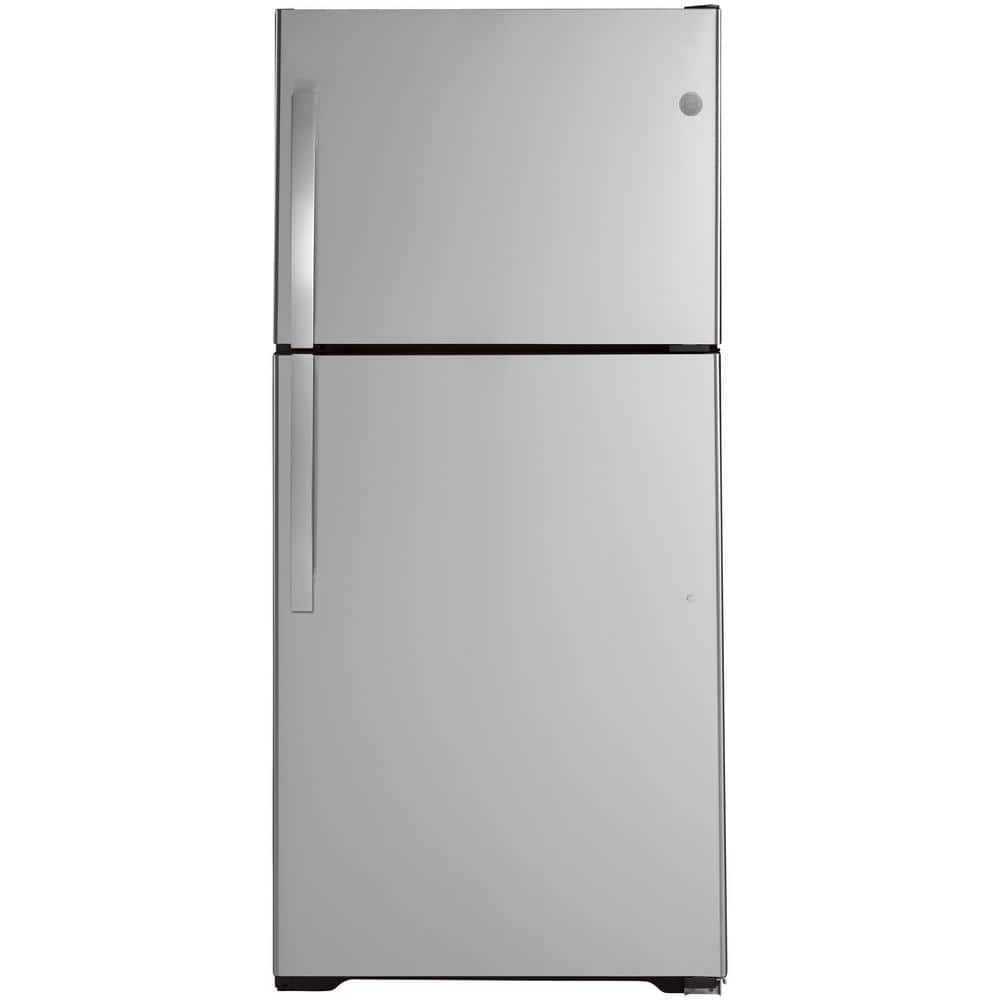
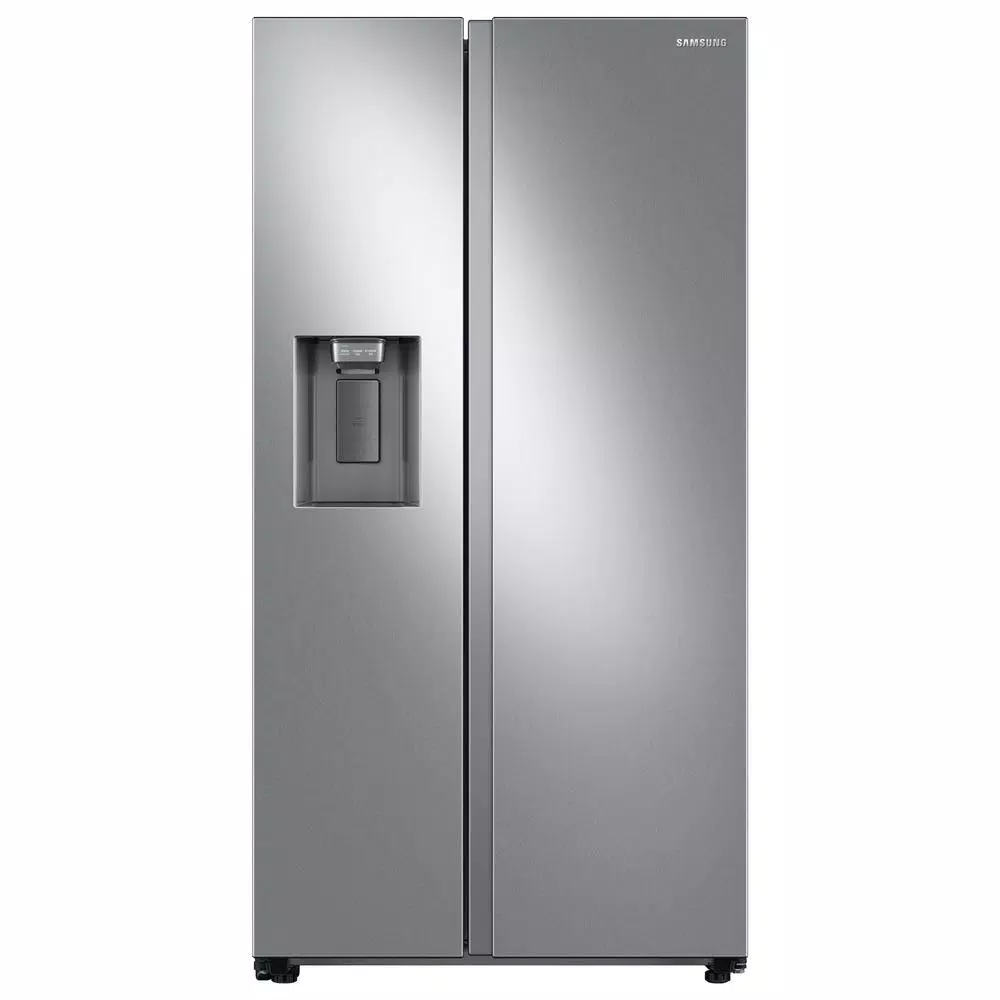
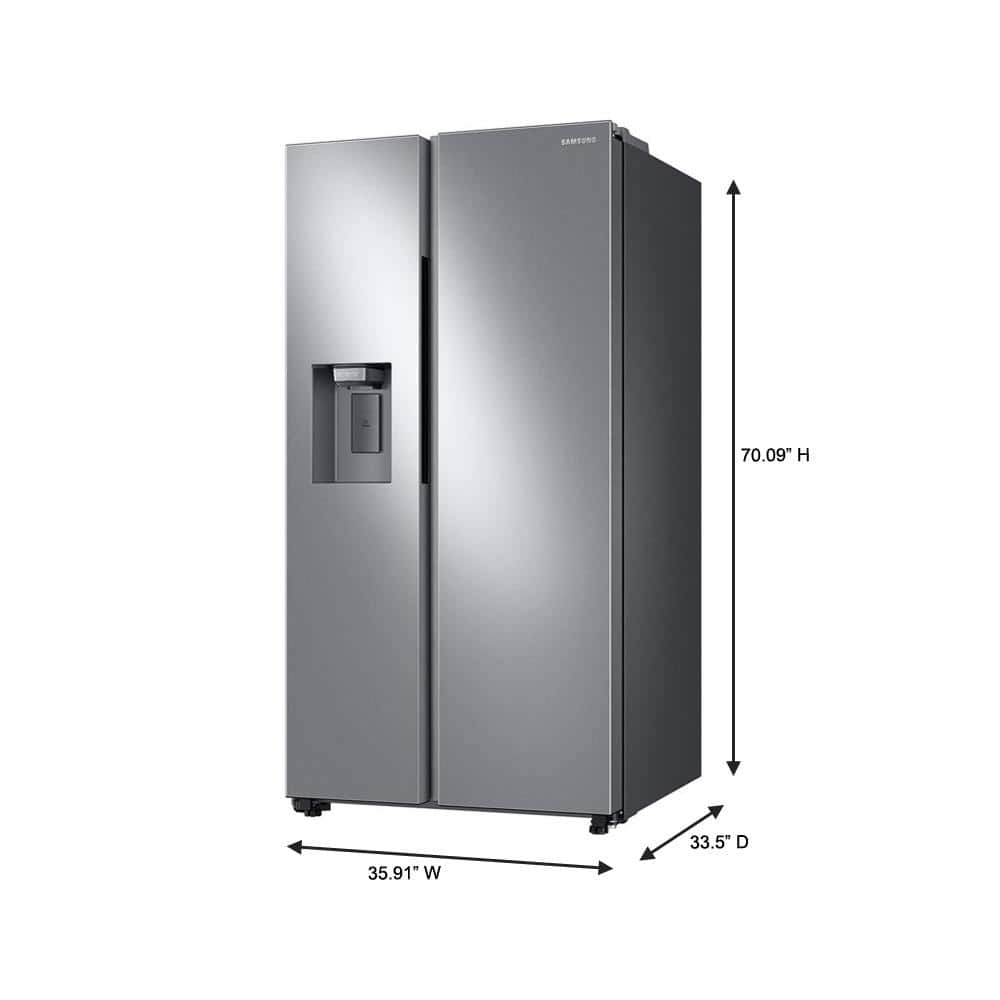
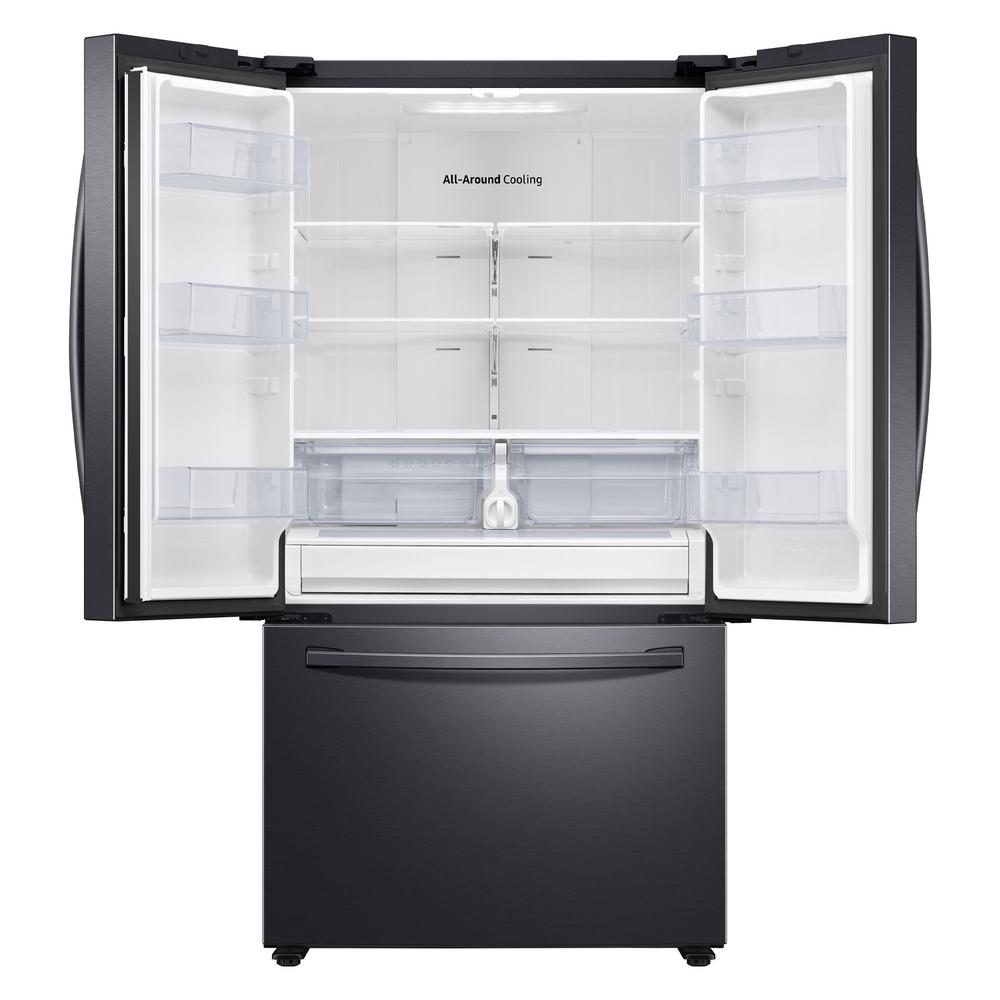
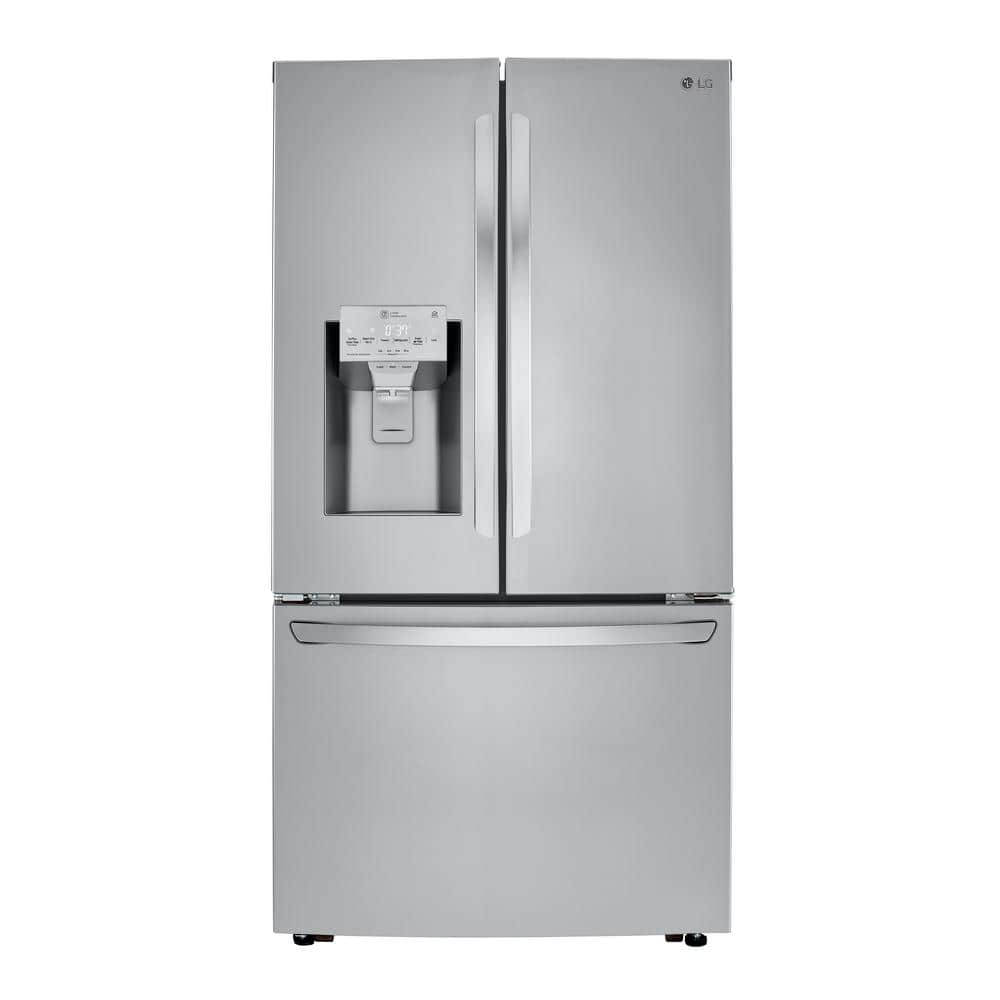
by Chris
So far so good. Refrigerator will serve our needs hopefully.
by Daniel
This refrigerator has a huge freezer and flexible storage in the fridge. The cheese/meat drawer is shallow with a sloped back that limits its usability. The lowest door shelf isn’t particularly handy, but does add storage for items you do not access often.
by Irene
Nice refrigerator but miss my rack for soda and beer cans.
by Floyd
Works well in hot Florida Garage on its own dedicated 20A circuit with matching 20A GFCI outlet.
by Gusto
Love my new garage fridge. I had a Samsung out there before, but it died and I didn’t know you needed a specific type of fridge for your garage. I’m really happy with it thus far. It’s larger than I thought. Very spacious and we will see how it holds up through the summer and into the colder months. For now it gets a “10”!